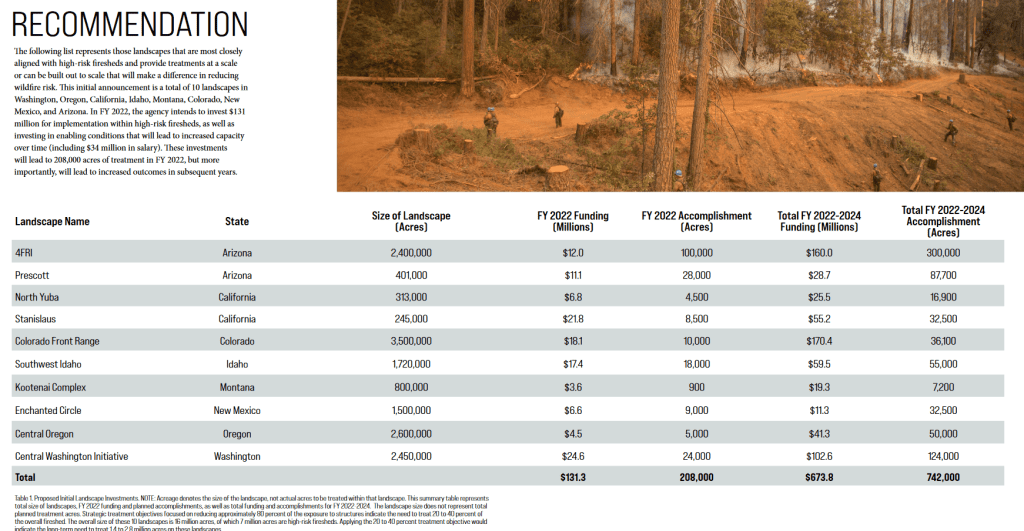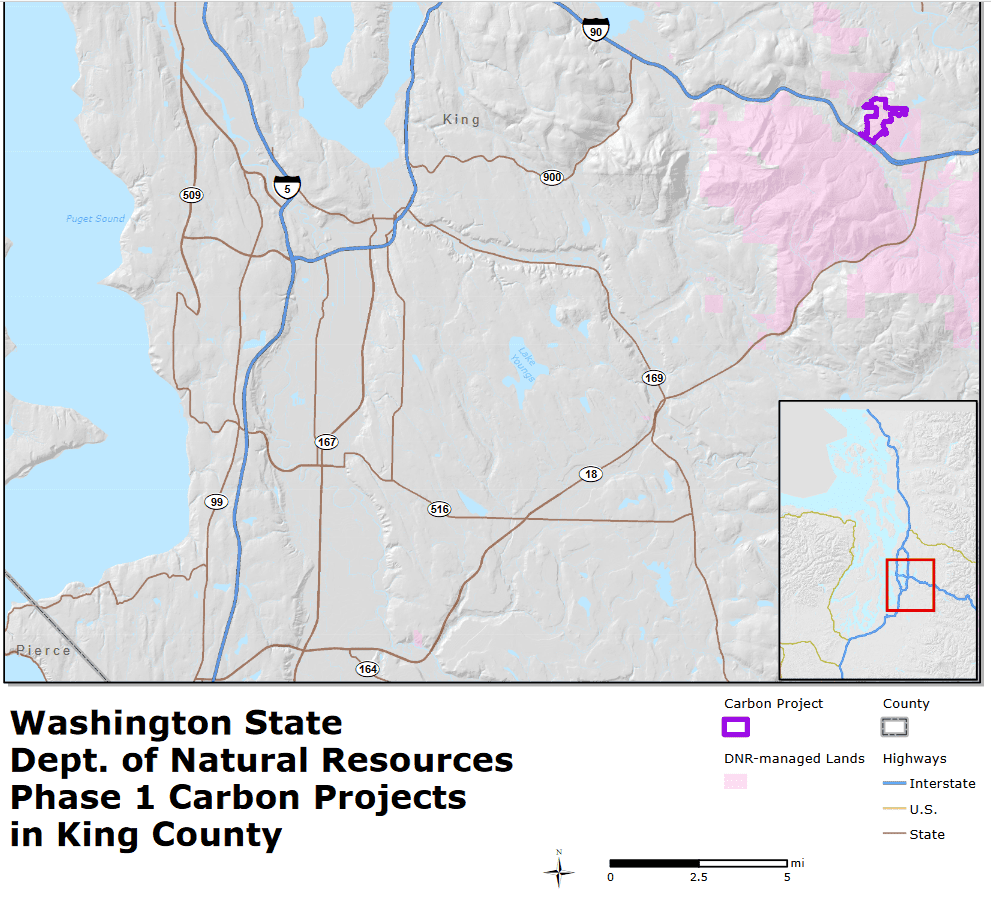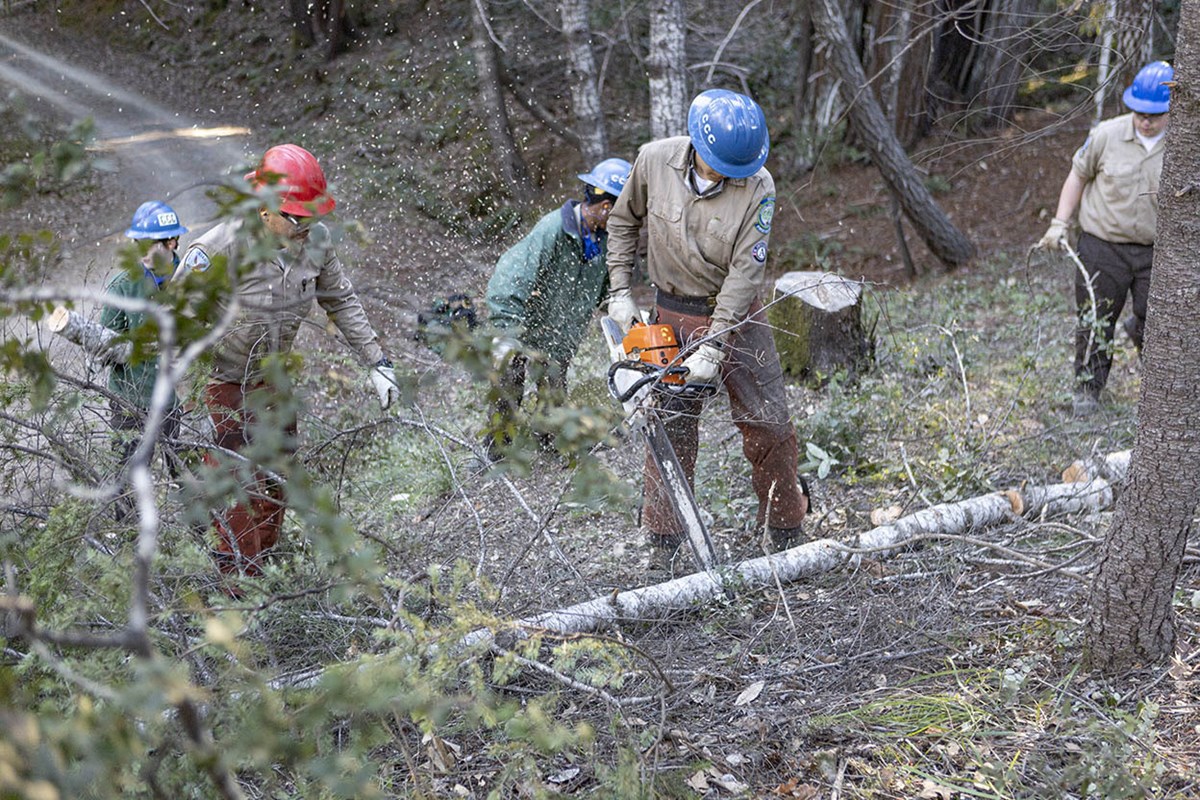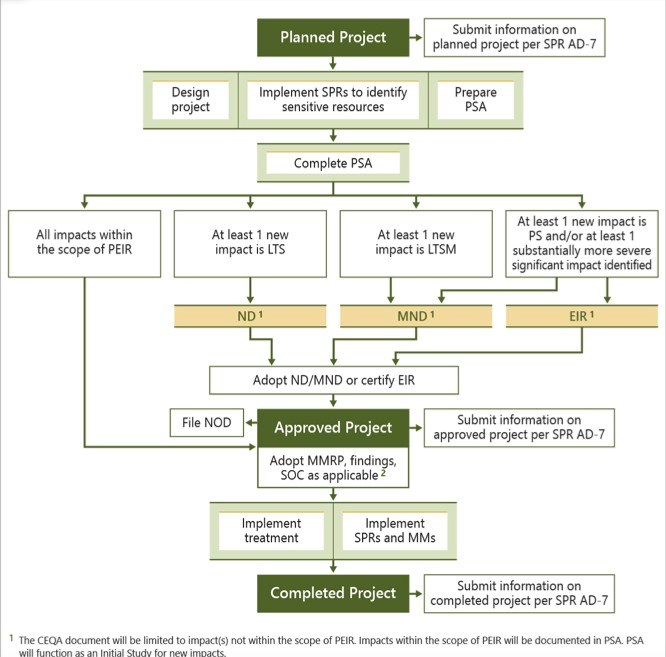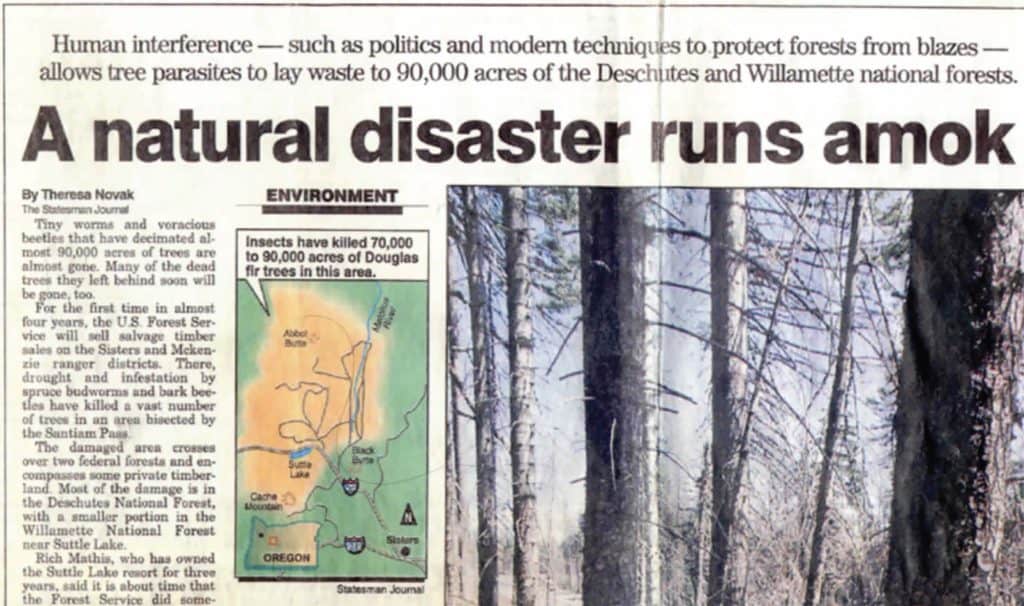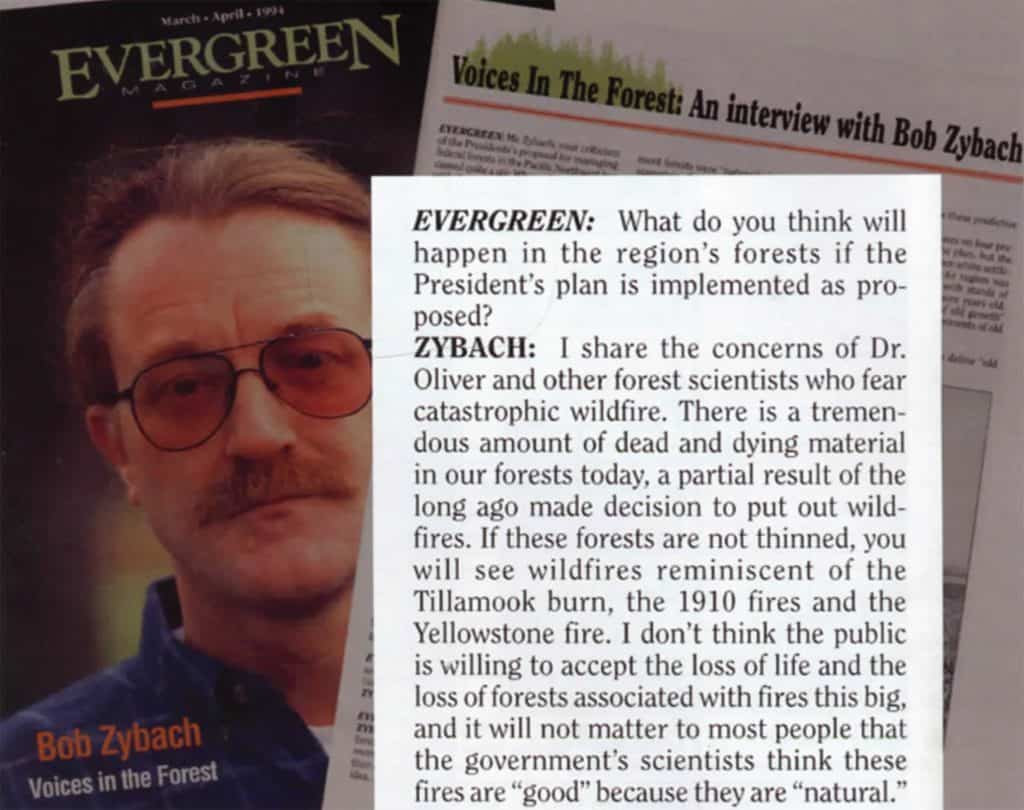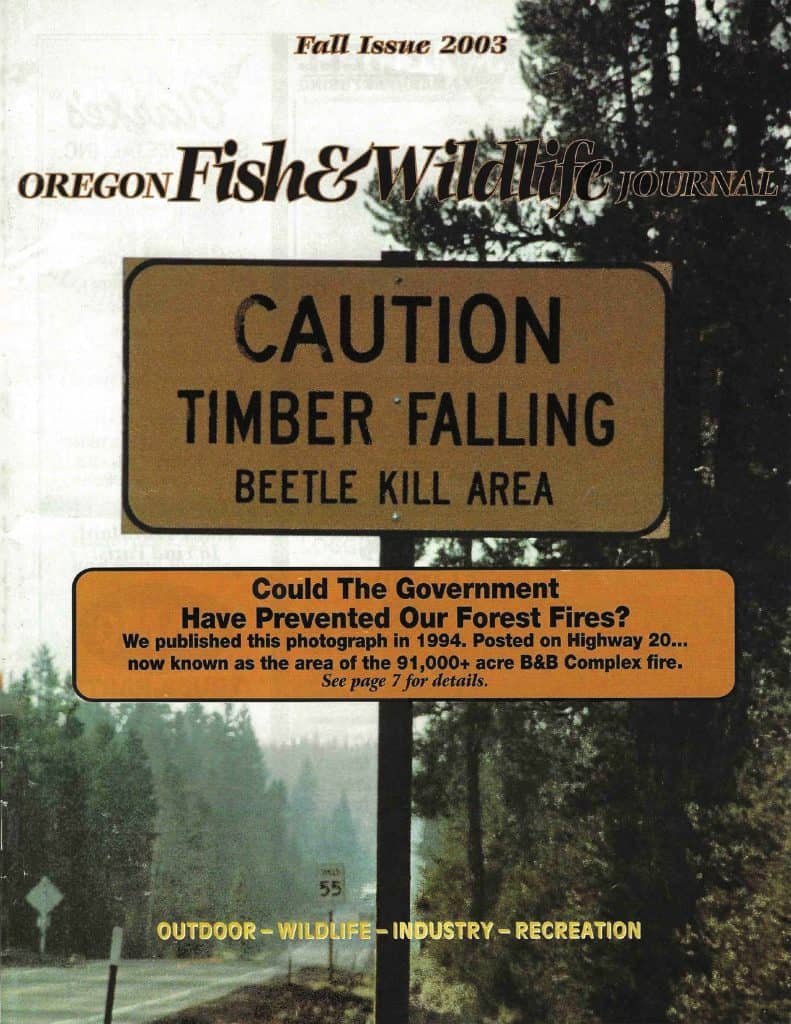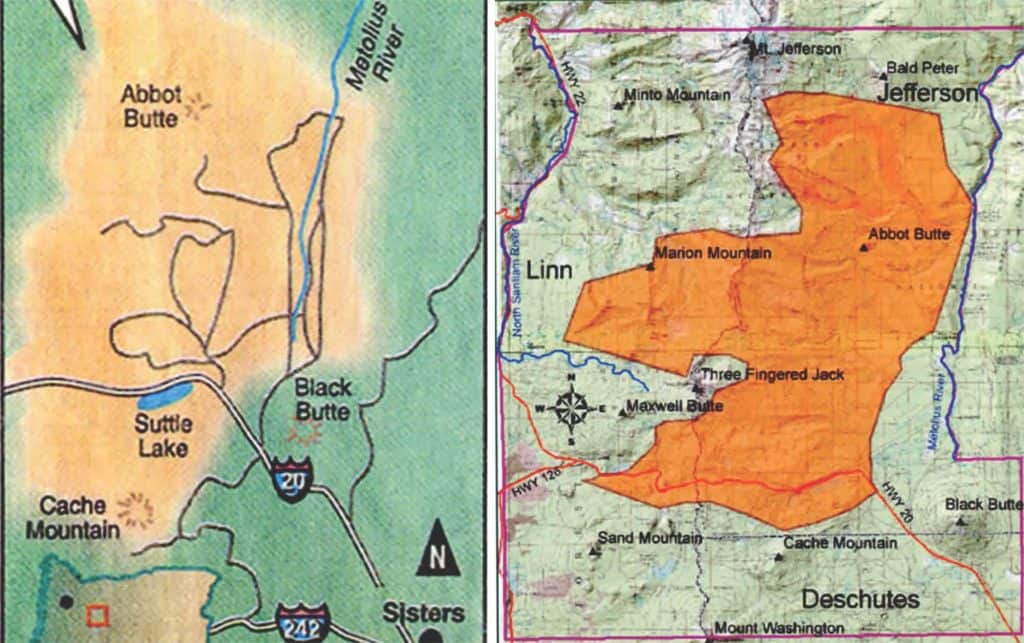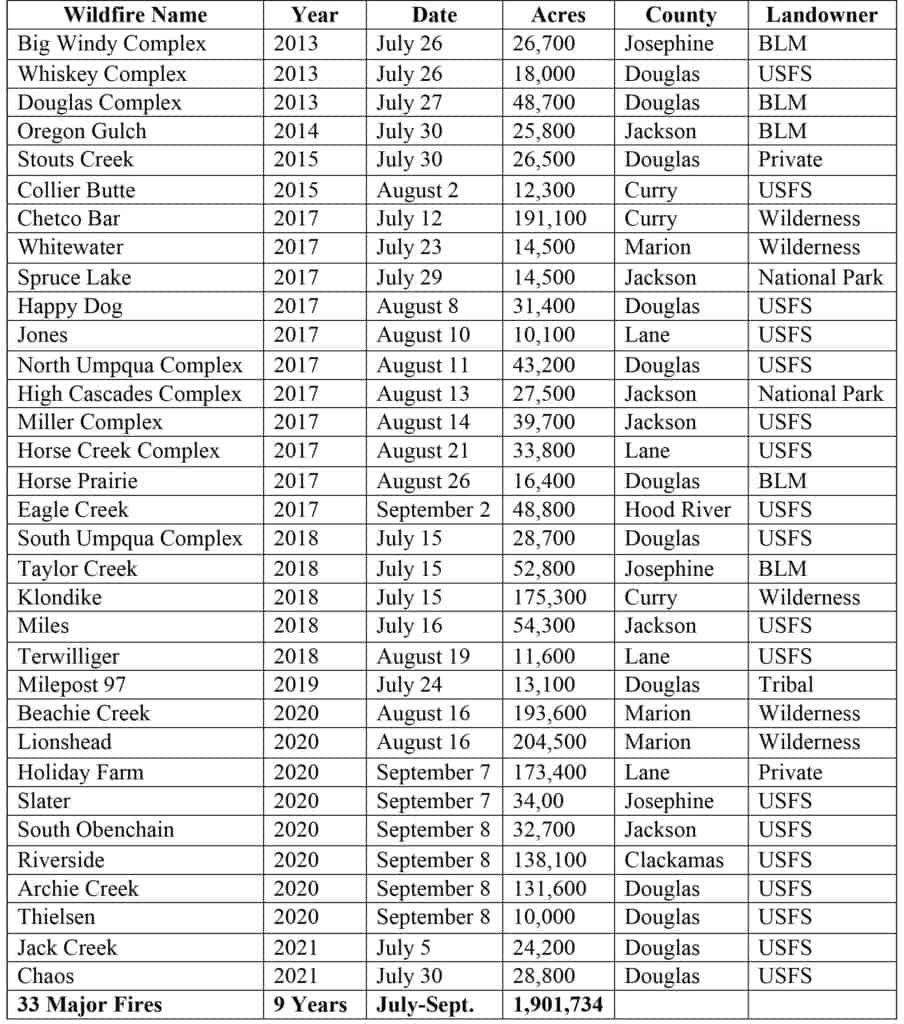It’s surprisingly busy news day today, as many folks have vacations and religious holidays this weekend. I thought we might want to take a look at this Interior announcement and guess how different groups will weigh in.
And of course, we’ll need some help from TSWites familiar with the issues to interpret it.
I guess the Biden Admin has a somewhat bifurcated attitude toward oil and gas folks.. “you shouldn’t produce”.and .”you should produce more.” It seems like no matter what they do, they are wrong. It doesn’t actually seem like a rational policy, at least to me.
For too long, the federal oil and gas leasing programs have prioritized the wants of extractive industries above local communities, the natural environment, the impact on our air and water, the needs of Tribal Nations, and, moreover, other uses of our shared public lands.
This is an interesting statement since both Tribal leaders at the Interior Oil and Gas Leasing Public Forum (as I reported here) said they wanted “all of the above” energy strategies. It’s also somewhat ironic, as renewable energy infrastructure also may be also prioritized above the wants of these same folks. I get it ..the Admin doesn’t like the industry. And doesn’t believe that their dislike should influence investment decisions. Well, OK, then.
Note that these leases are released because a court ordered the Biden Admin to do so; they can’t just stop issuing them, despite hopeful (but questioned at the time) campaign promises.
On Monday, the BLM will issue final environmental assessments and sale notices for upcoming oil and gas lease sales that reflect this strategic approach. The lease sales will incorporate many of the recommendations in the Department’s report, including ensuring Tribal consultation and broad community input, reliance of the best available science including analysis of GHG emissions, and a first-ever increase in the royalty rate for new competitive leases to 18.75 percent, to ensure fair return for the American taxpayer and on par with rates charged by states and private landowners.
The BLM’s sale notices reflect the Interior Secretary’s broad authority to determine lands that are eligible and available for leasing. This pragmatic approach focuses leasing on parcels near existing development and infrastructure, such as gathering lines that can help reduce venting and flaring, and will help conserve the resilience of intact public lands and functioning ecosystems. The BLM has prioritized avoiding important wildlife habitat and migration corridors and sensitive cultural areas. As a part of its environmental analysis, the agency disclosed GHG emissions and the social cost of GHG emissions, which provided important context for the agency’s decision-making.
The BLM assessed potentially available and eligible acreage in Alabama, Colorado, Montana, Nevada, New Mexico, North Dakota, Oklahoma, Utah and Wyoming. It began analyzing 646 parcels on roughly 733,000 acres that had been previously nominated for leasing by energy companies. As a result of robust environmental review, engagement with Tribes and communities, and prioritizing the American people’s broad interests in public lands, the final sale notices will offer approximately 173 parcels on roughly 144,000 acres, an 80 percent reduction from the acreage originally nominated.
I wonder .. (1) how did the social cost of carbon and emissions “provide important context”? Will some leases emit less carbon that others?
(2) It seems like they’re controversial (to say the least) among folks that were promised no new leases. But they are all EAs.. so again, what makes something controversial? Will folks litigate them, and they will have to go back and do EIS’s and tell the judge who thinks they should be leasing that they’ve tried, but they’re tied up in court?
(3) Can Interior pick royalty rates for each lease sale? Because it seems like that could go either way, a future Admin could lower them. It just seems like it should be perhaps a rulemaking kind of thing (with some of the other improvements in the report). But I’m not familiar with the legalities.
I suppose folks who are against onshore leasing will have to decide if the Admin picked a good way to honor the legal decision and also protect the environment, or they’re going to argue that they didn’t go far enough. Should be interesting to observe.

